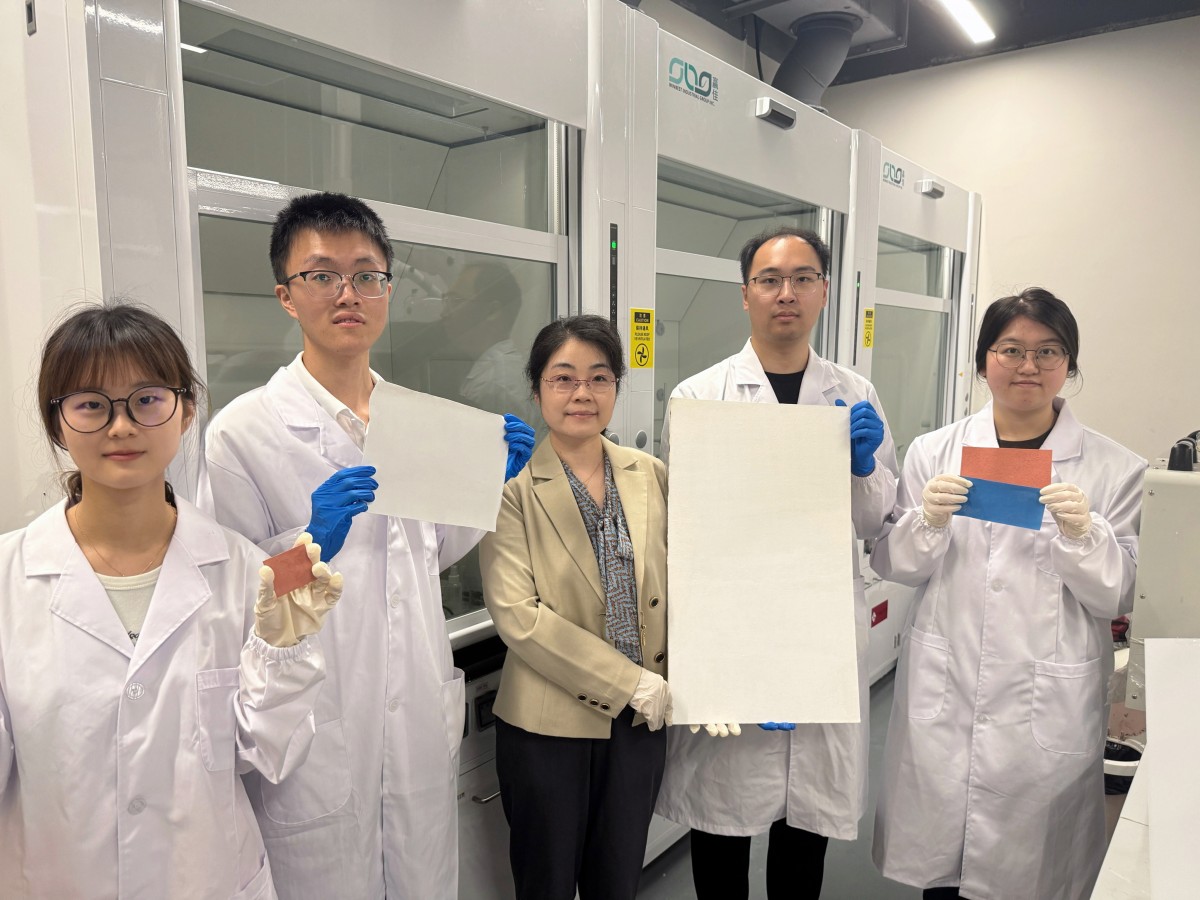Recently, Associate Professor Qifeng Han and Professor Liyuan Han from SJTU School of Materials Science and Engineering have made significant progress in the field of perovskite solar cell stability. Their related work, titled Reinforcing Self-assembly of Hole Transport Molecules for Stable Inverted Perovskite Solar Cells, has been published in the prestigious international journal Science.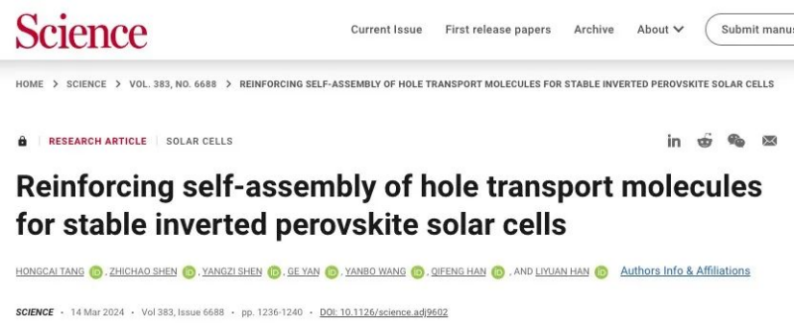
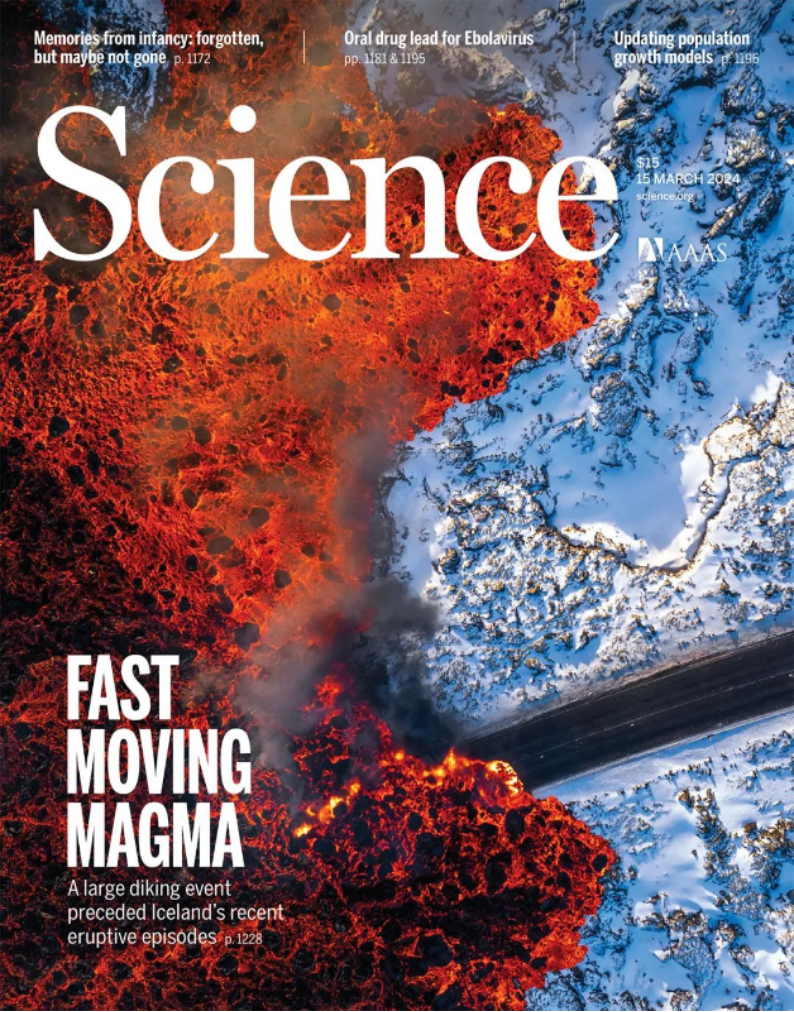
SCIENCE | VOLUME 383 | ISSUE 6688 | 15 MAR 2024
Trans-structured perovskite solar cells hold great promise for future industrialization. The introduction of self-assembled hole transport molecules (SAMs) has led to a breakthrough in the efficiency of trans-structured devices, which has now exceeded 26%, approaching the highest efficiency of monocrystalline silicon solar cells (26.8%). The team found that when SAMs bind to the naturally adsorbed hydroxyl surface of ITO, they are desorbed by the strong polar solvents in the perovskite precursor liquid, preventing 100% coverage of the ITO surface by the anchored molecules. Although the unanchored SAMs can still be deposited at the bottom of the perovskite layer after perovskite crystallization, they gradually diffuse during the long-term operation of the perovskite device, eventually forming a non-dense layer that loses the ability to block electrons, leading to a decrease in device efficiency. By using atomic layer deposition (ALD) to form a fully covered indium tin oxide monolayer (ALD ITO) with covalently bonded hydroxyl groups on the surface, SAMs are stably and densely anchored on the ALD ITO surface, which fundamentally solves the problem of unstable SAM adsorption. The team further developed DC-TMPS, a methoxysilane-containing SAM capable of forming a triple-tooth bond with the substrate. This bond has a higher binding energy with the substrate compared to the commonly used double-tooth bonded phosphoric acid molecules, thus further enhancing the stability of the device.
The trans-perovskite solar cell that the team ultimately prepared achieved a photovoltaic conversion efficiency of 24.8%. Stability test results showed that the device maintained 98.5% of its initial efficiency after 1,000 hours of storage at 85% relative humidity and 85 °C, and 98.2% of its initial efficiency after 1,200 hours of maximum power point output at 85 °C. These results were significantly better than those of the comparison samples. This work provides an important scientific and technical reference to advance the industrialization of high-efficiency and stable trans-perovskite solar cells.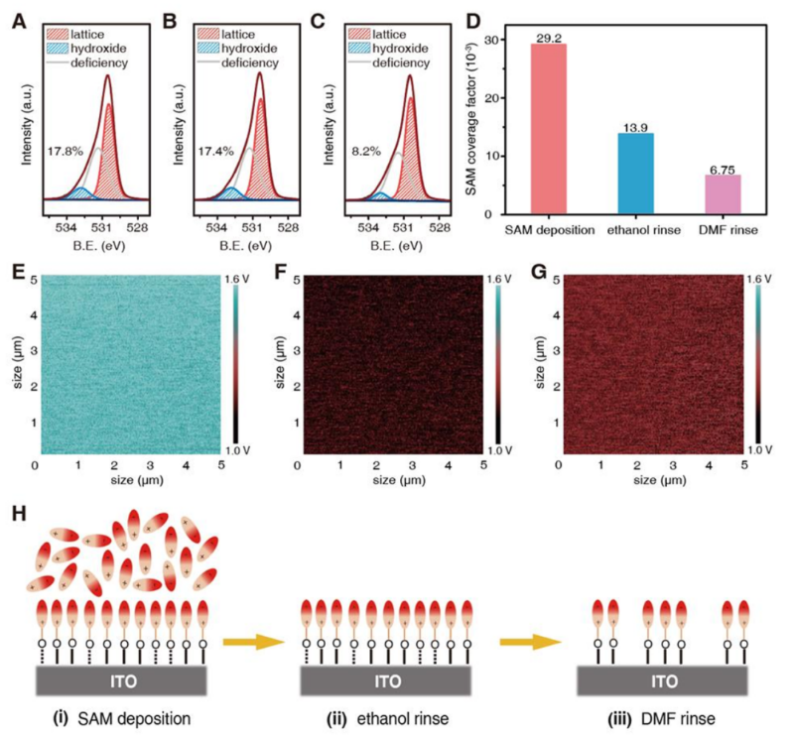
Fig. 1: (A-C) Variation of O1s peak in XPS after different solvent rinsing on ITO surface; (D) Variation of SAM coverage factor on ITO after different solvent rinsing; (E-F) Variation of surface potential of SAM/ITO after different solvent rinsing; (H) Schematic representation of the variations of SAM/ITO with different solvent rinsing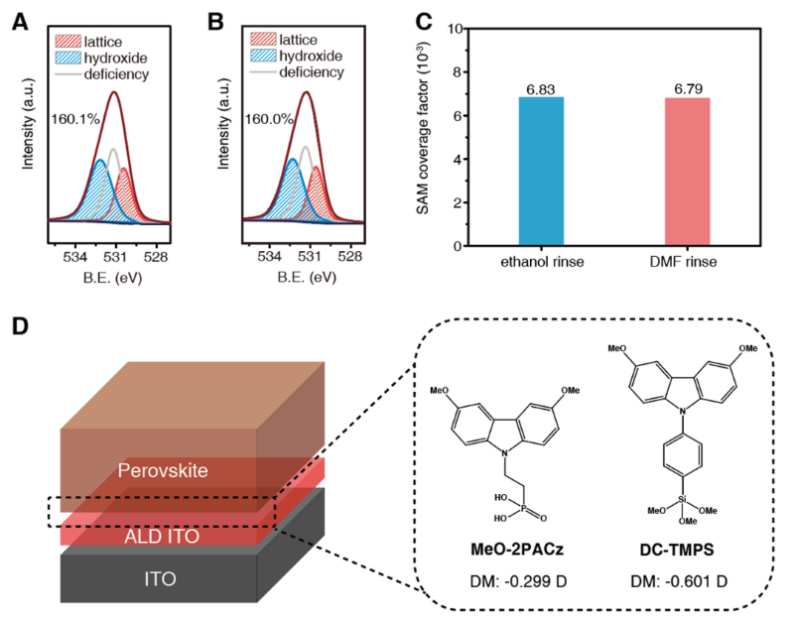
Fig. 2: (A-B) Changes of O1s peak in XPS after different solvent rinsing on ALD ITO surface; (C) Changes of SAM coverage factor on ALD ITO after different solvent rinsing; (D) Schematic diagram of semi-device structure
This research work was funded by the National Key Research and Development Program of China (2020YFB1506400; 2021YFB3800100) and the National Natural Science Foundation of China (U20A20245; U21A20171; 11834011; 12074245).
Paper link:


